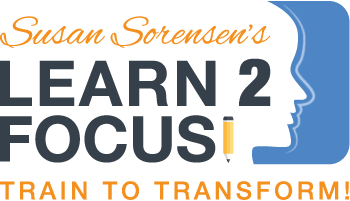inTime Draws Praise with New Brain Training Program
/Scientists have discovered certain rhythms, when perceived by the correct area of the brain at the correct time, can increase perception and attention in laboratory mice.
While that might not sound like a huge accomplishment, it actually has the scientific community extremely excited. Using optogenics and laser light, sources at Brown University and MIT confirmed to Examiner on Tuesday that researchers were able to control the part of a mouse’s brain that detects sensations through its whiskers, increasing the amount of sensation that the mice had by some 20%.
Their evidence is the first time that gamma brainwaves, or gamma rhythms, have been shown to have a direct effect on these sensations. What researchers have accomplished, essentially, is producing a mouse with hypersensitivity through rhythmic stimulation of their brains, showing that there is a direct correlation between rhythm and brain function.
Mice normally produce a brain rhythm to begin with, as the scientists confirmed. By stimulating this natural rhythmic sensation, scientists believe that they were able to increase messages of sensation above the norm.
The findings are one of the clearest yet that rhythm plays an important part in not only brain function but also learning, memory and sensation.
Using rhythm and music to stimulate the brain
Scientists have long believed that the brain had a musical and rhythmic connection. Indeed, it’s well known that music helps to engage a larger area of the brain than practically any other stimulus, and is fundamental to the learning ability of humans.
Advanced Brain Technologies, which is behind The Listening Program, has been drawing praise in response to their new learning program developed to help people of all ages by stimulating the brain at the highest level.
Called inTime, this cutting-edge resource uses a highly personalized musical and rhythm program that has been shown to lower stress, increase focus and improve cognitive abilities in children through adults alike.
inTime uses a variety of instruments to stimulate different areas of the brain and the functions that are related to them such as learning, memory and emotions. In fact, over 100 instruments were used to develop the unique sound program that is used with inTime.
http://www.examiner.com/article/of-mice-and-brains-how-rhythm-affects-brain-function
inTime provides progressive rhythm-based training across four frequency zones, stimulating different brain areas and their related functions during the course of your personalized listening schedule. The training emphasis is well balanced, making inTime adaptable for people of all ages, supporting social & emotional function, auditory processing, communication, executive function, creative expression, motor coordination, stress response, self awareness, musicality, and more.

